Protein is one of the three macronutrients needed in our everyday diet, along with fats and carbohydrates. Protein sources in our diet are varied: meat, fish and other seafood, vegetables, dairy products, and also... insects!
What purpose does protein serve?
Protein, both from animal and plant sources, is essential for our health as it possesses major structural and metabolic functionsin our body. Besides being a good source of energy in our diet, protein plays an important role in numerous metabolic chemical reactions. In addition, protein is the base of the cellular structure, and thus of tissues and organs. Protein is also the backbone of fundamental elements such as enzymes (proteins acting as catalysts to bring about a specific chemical reaction) and hormones (chemical substances acting like messengers in our body).
What is protein from a scientific point of view?
Protein represents the building blocks of every cells of living organisms. More specifically, each protein molecule is made up of small units called “amino acids” linked together. The length of the amino acid chains vary according to the protein’s type.
Human protein are made up of 20 different amino acids. Some of them are non-essential (or dispensable) as they can be synthesized by our body on a regular basis, while some are essential (or non-dispensable) as they must be integrated into our diet in order to meet our requirements because our body cannot synthesize them.
Table of the different amino acids
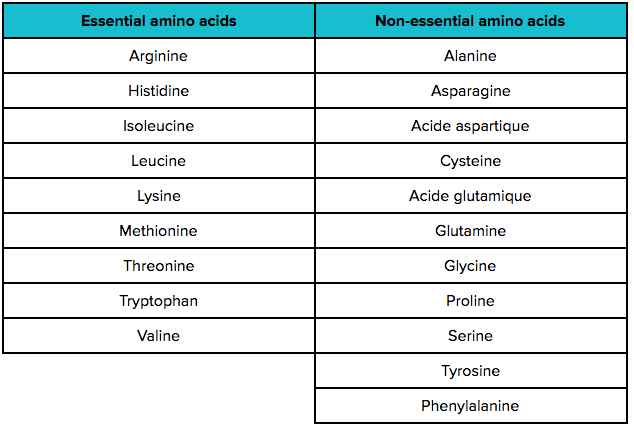
Complete protein
While eating protein, people often look at the quantity without necessarily thinking about the quality. However, to maintain good health, it is important to ensure a minimum required amount of each essential amino acid in our diet. This illustrates the importance of having a varied diet as the combination of different foods allows our body to meet the necessary nutritional requirements.
Therefore, some sources of protein can be considered as “complete”. This term means that each of the 9 essential amino acids are present in sufficient quantity,per gram of protein. Animal products contain complete protein, while plant products sometimes tend to lack some essential amino acids. Thus, some of them are considered as “incomplete”. As an example, cereals often lack lysine while legumes are generally deficient in methionine. As for crickets, they represent an excellent source of complete protein.
Protein digestion
The digestion begins once the protein has reached the stomach. The protein is first cleaved in smaller fragments of amino acids called “peptides” by some enzymes secreted into our gastrointestinal tract. At the end of this process, only individual amino acids remain, which are absorbed in the small intestine before travelling to the liver via the blood system. They will be used to synthesize new protein, among other things.
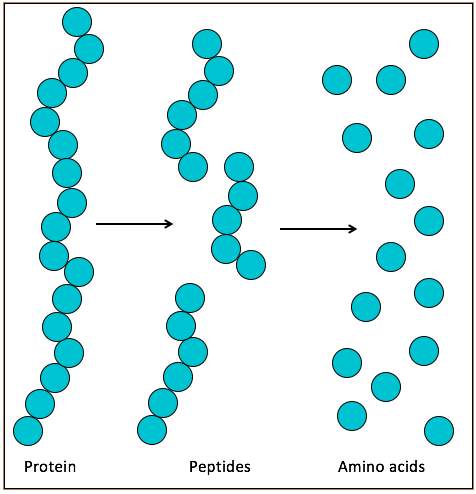
On the other hand, extra amino acids will be degraded and used as an energy source, either immediately or later. In the latter case, they will be stored as fat in adipose tissues. For this reason, eating too many proteins in comparison to our needs does have any beneficial effects, once we have reached our needs in essential amino acids and energy.
Protein, what are our need?
The daily needs in protein differ according to different factors, including the composition in amino acids of the food as well as the physiological and nutritional stage of the individual. Nevertheless, dietary reference intakes have been calculated by scientists to help the population meet a healthy and adequate diet. For instance, Health Canada recommends that an 18 year-old adult should eat 0.8g of protein per kg of body weight per day. This means that a 65 kg individual would need 52 g of protein per day (0.8x65).
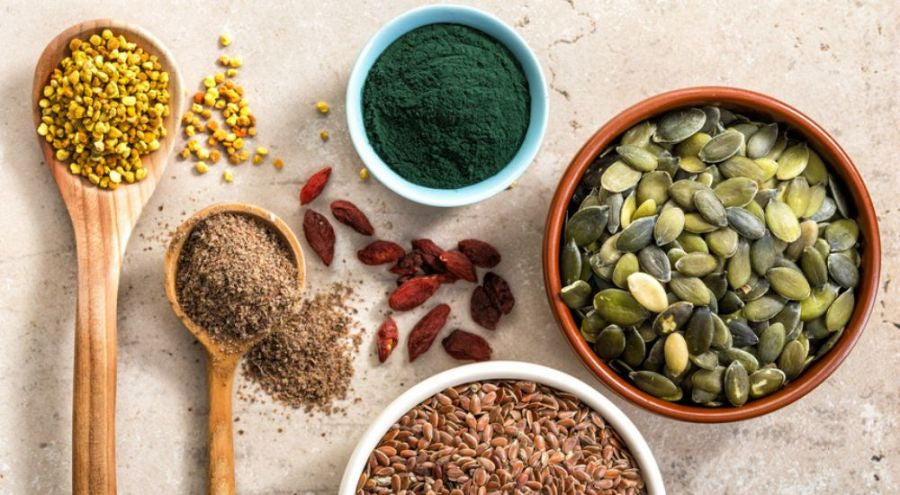
What if we don’t eat enough protein?
Protein deficiency can induce, amongst other things, tiredness, dull hair, edema, difficulty in healing, and muscle pain.Malnutrition linked to protein deficiency is generally unusual in industrialized countries. However, it is much more common in developing countries, where it can cause growth disorder in children/adolescent.
Protein and ultra sport
Protein is important for elite endurance athletes, for muscle synthesis. Muscle cells, also called “myocytes”, are made of two main protein filaments: “actin” and “myosin”, responsible for muscle contraction.
It is important to integrate enough protein in our diet when exercising on a regular basis in order to maintain lean body mass. The latter, opposed to fat body mass, represents all of the body's bones, organs, skin, muscles, as well as fluids. Physical exercise has the characteristic of deteriorating some tissues of this lean body mass, mainly muscles. Hence, dietary protein helps repair and reinforce the damaged tissues, making them stronger.
Depending on the type of sport practiced (endurance or resistance) and its intensity, energy and nutritional needs may vary.
Protein and Näak bar
Näak decided to use cricket powder as the main source of protein in their products. Besides possessing a high concentration of complete protein (approximately 60%), this superfood is ecofriendly.
A Näak bar provides you with 7g of protein, and has all the essential amino acids needed to allow an efficient recovery!
Want to be #cricketpowered? Try our Ultra Energy™ bars !
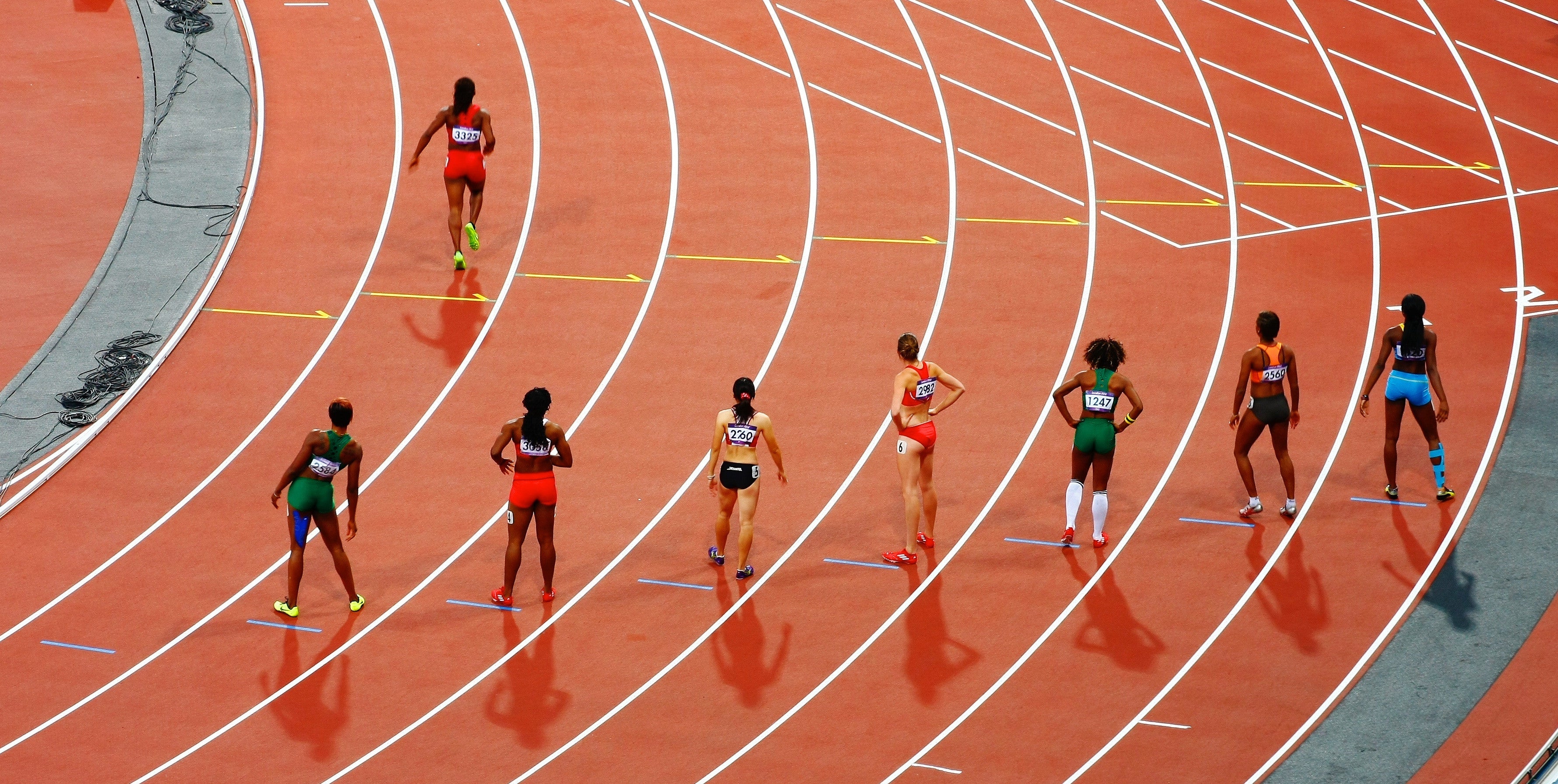



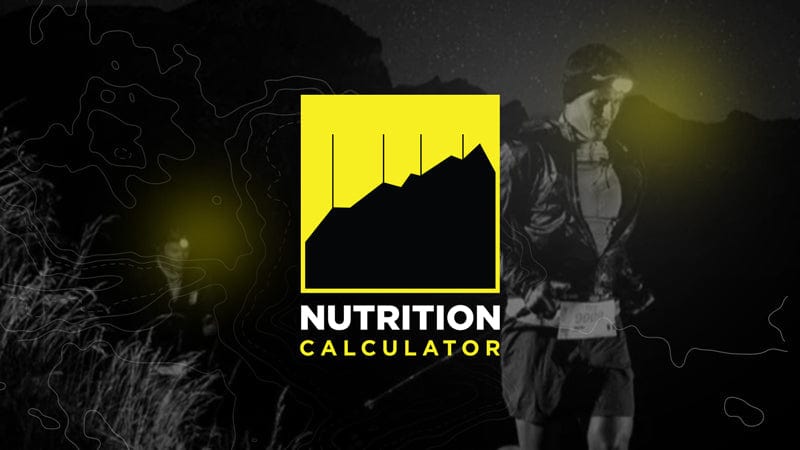









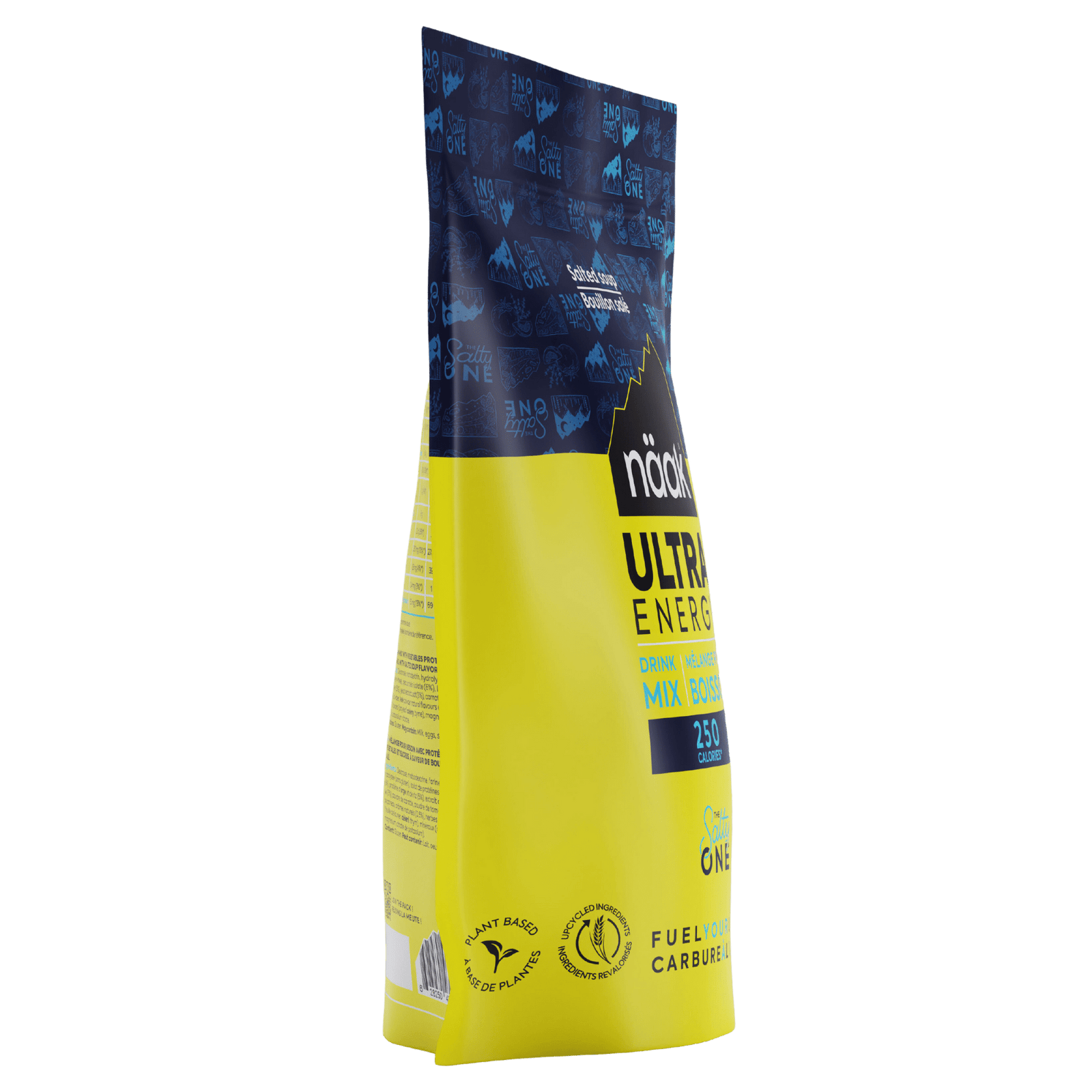
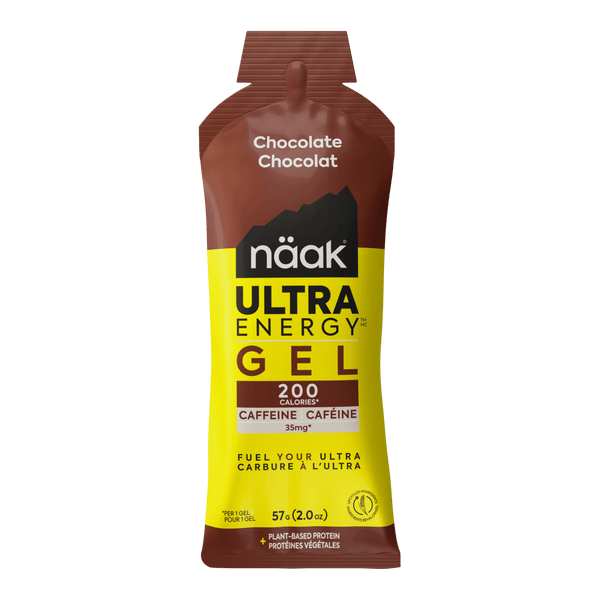
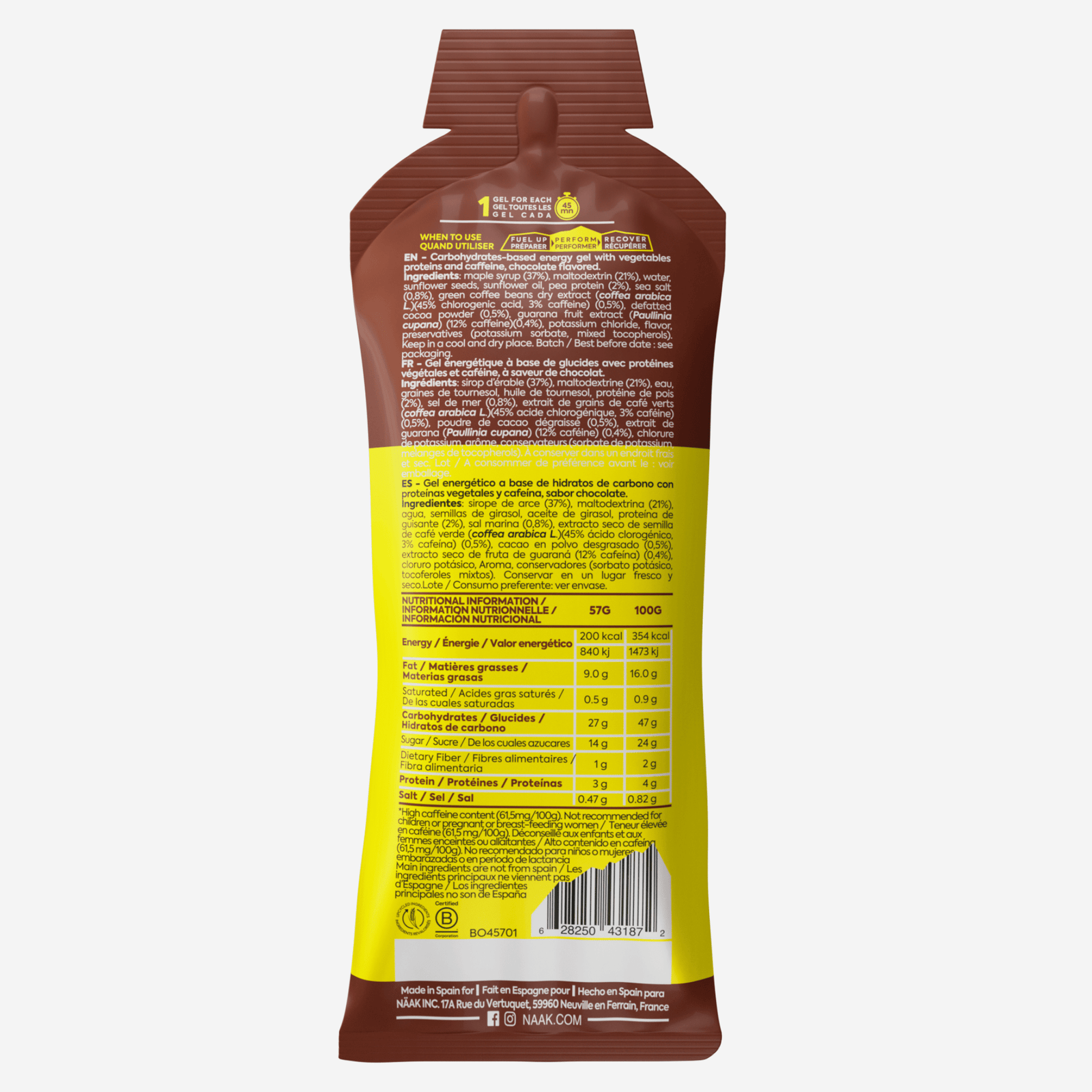
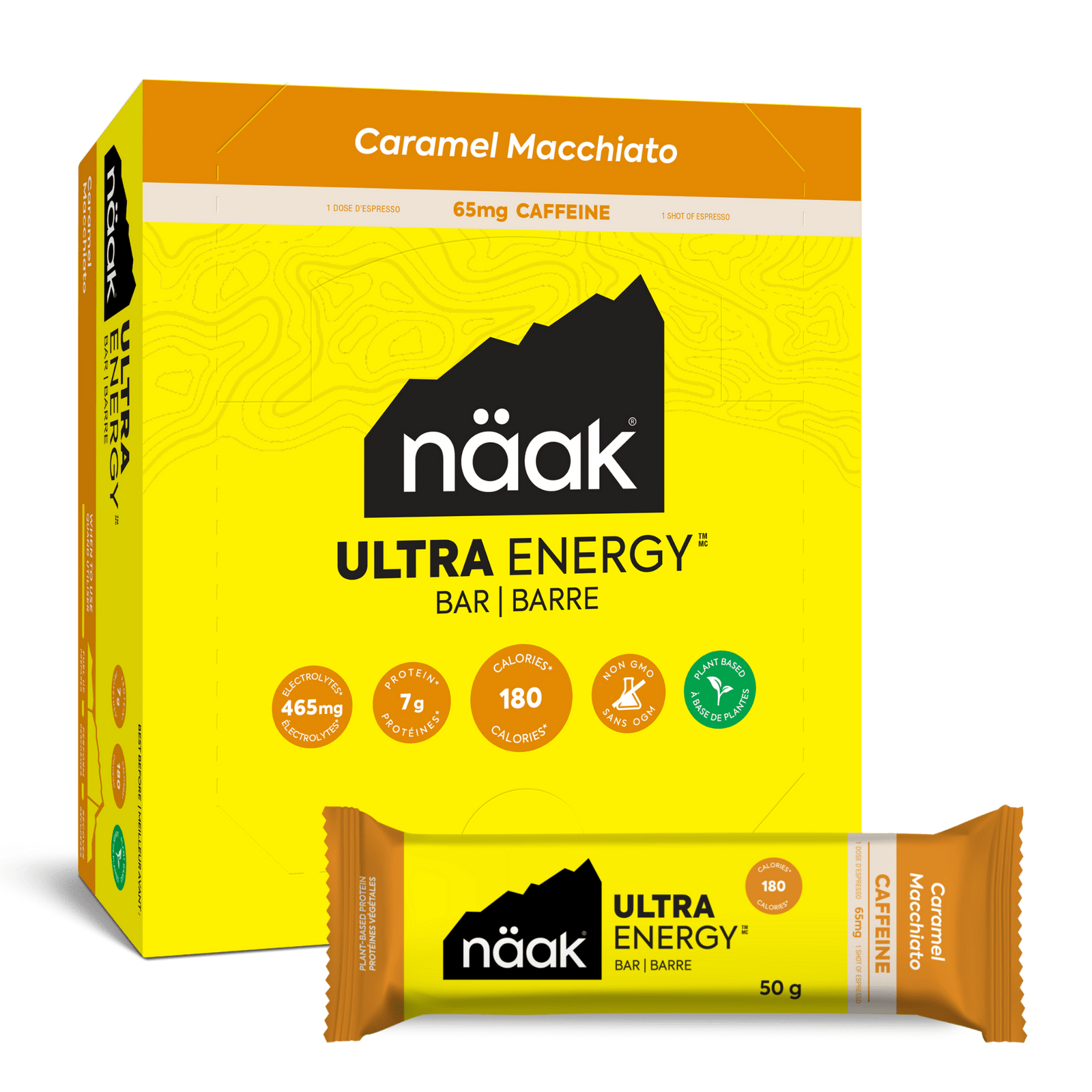
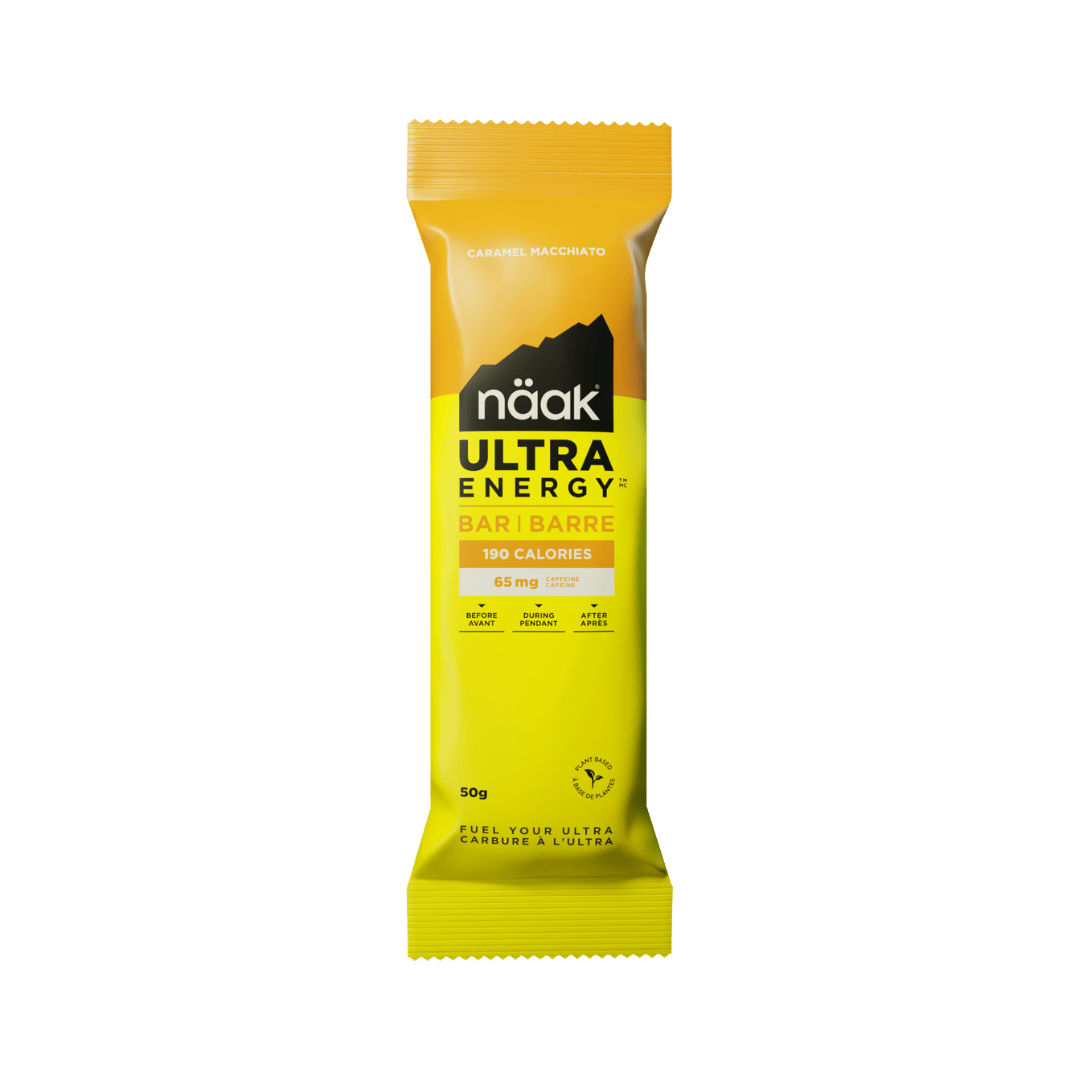
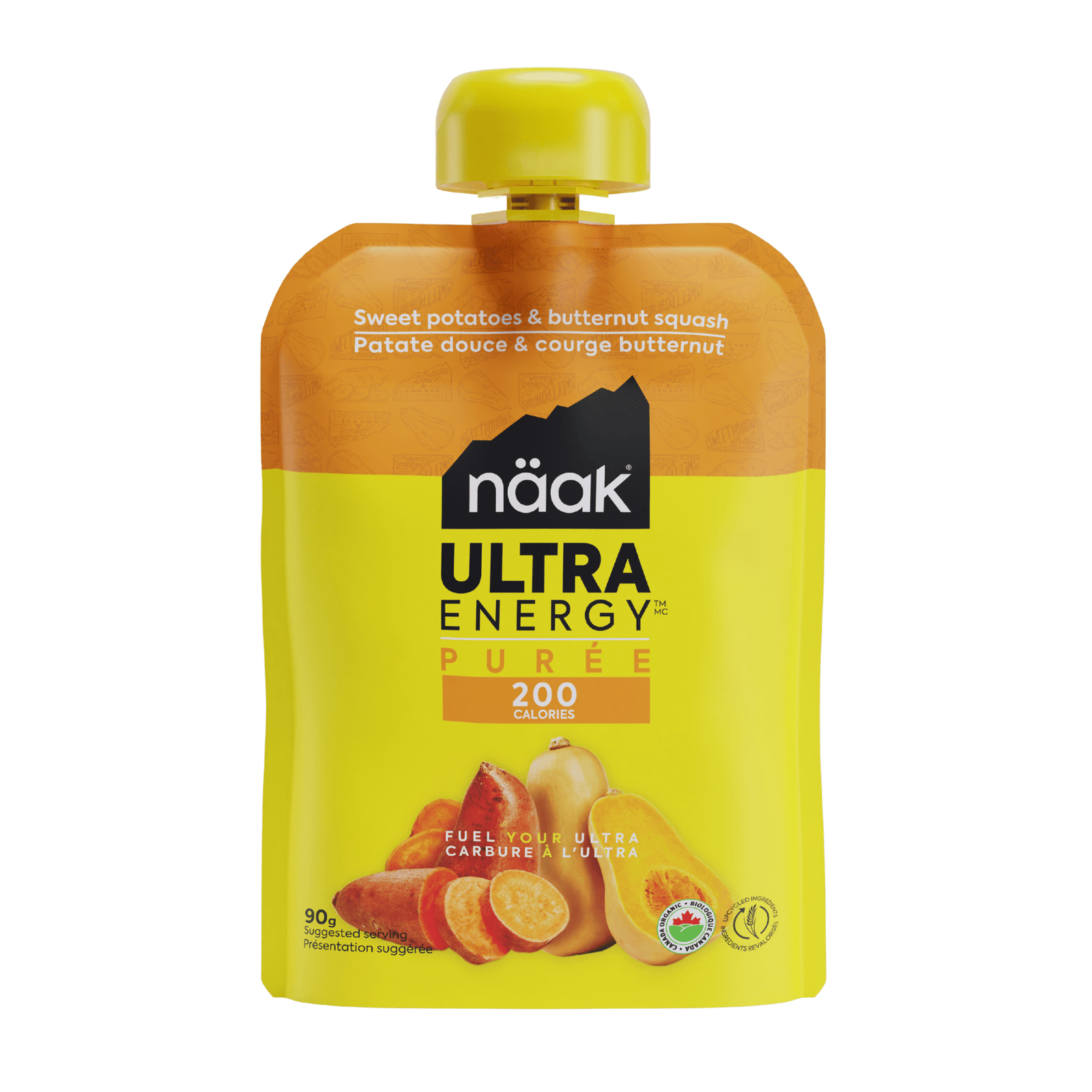
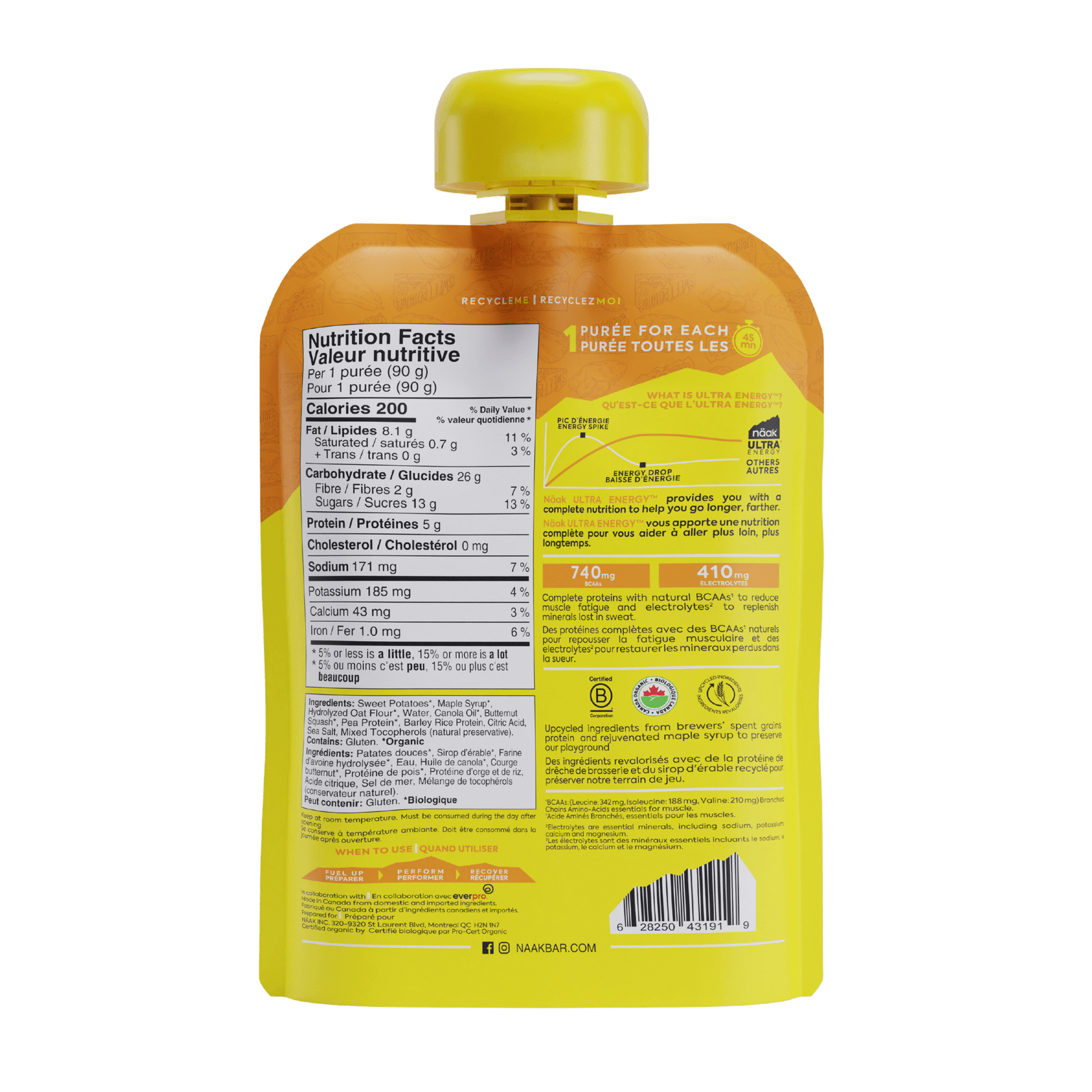
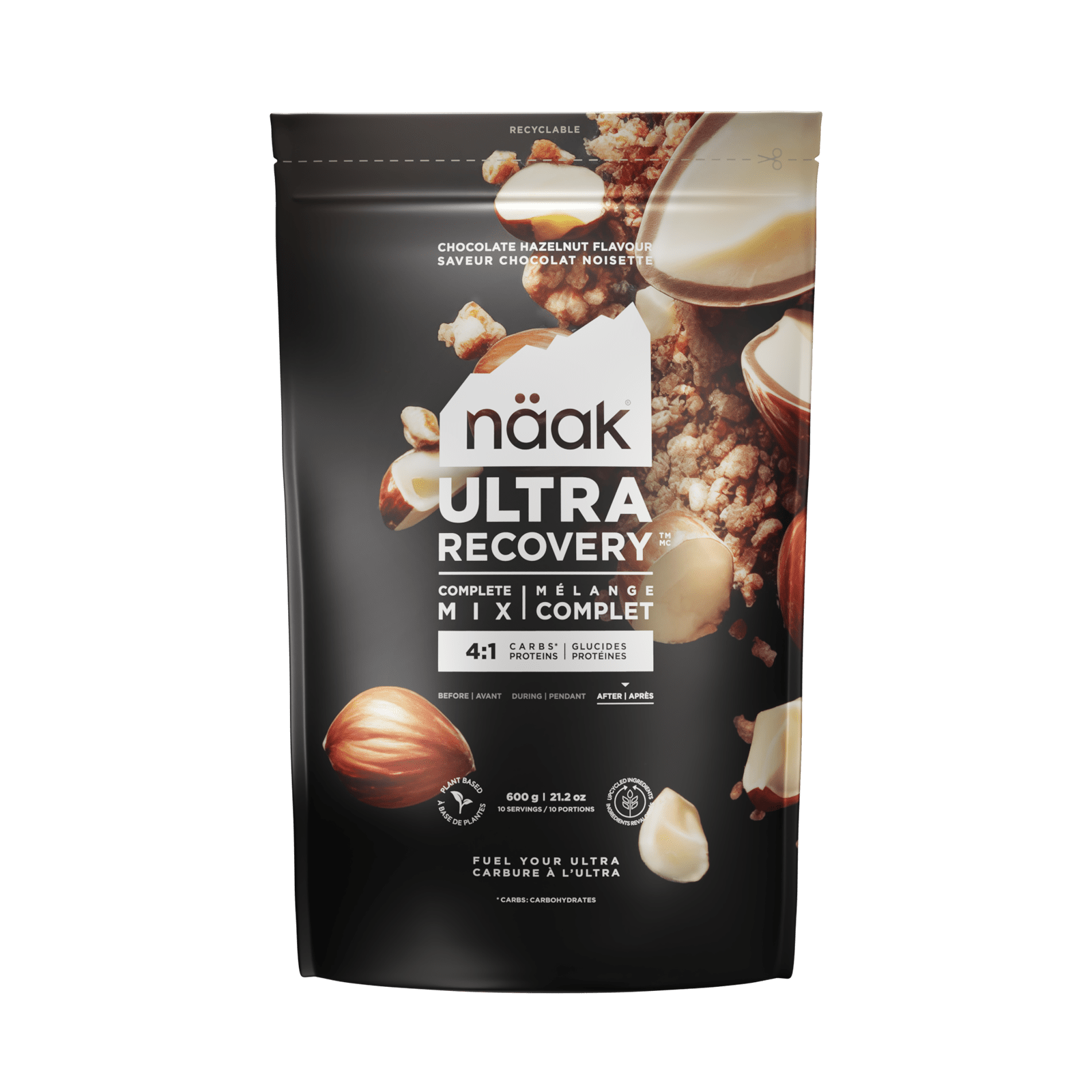

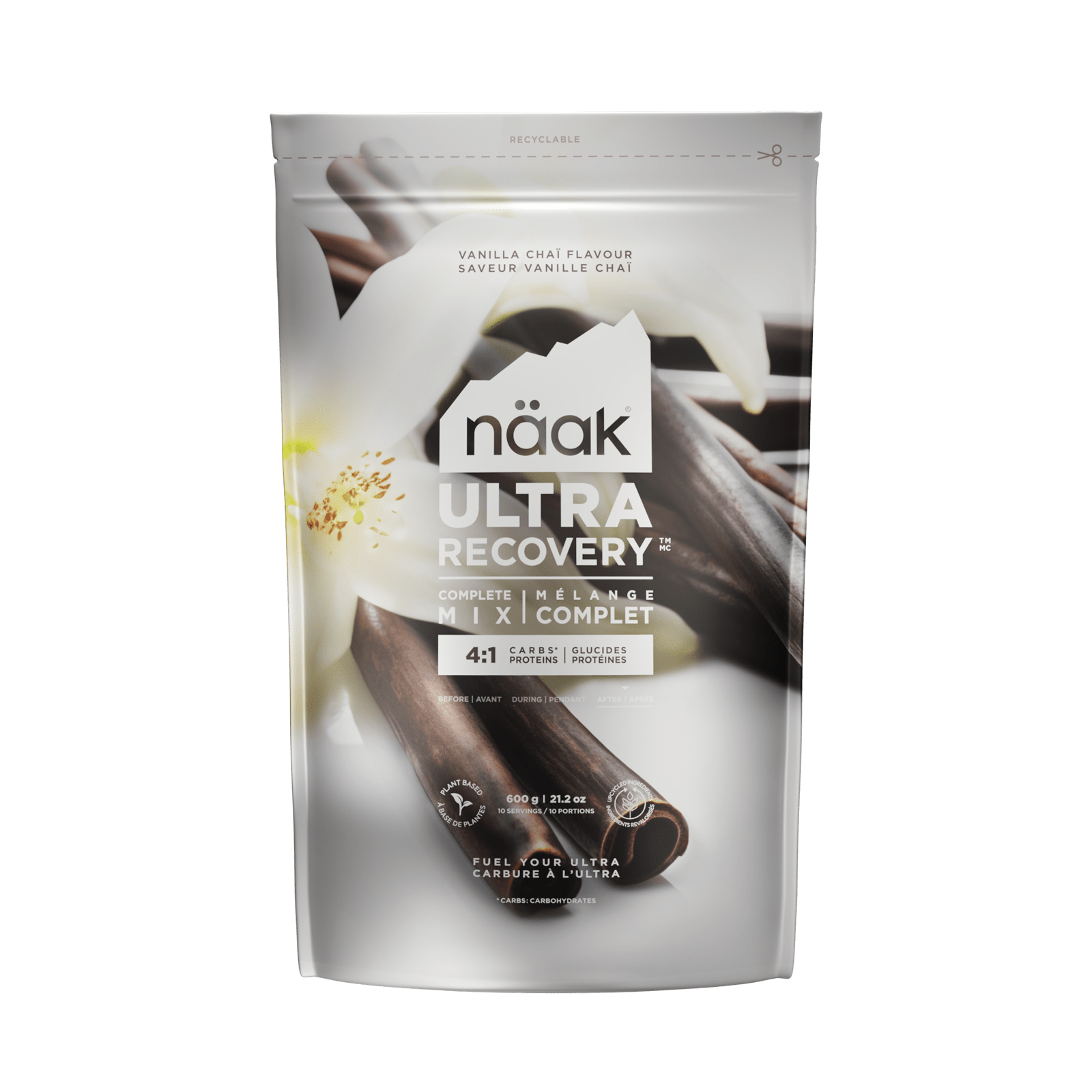
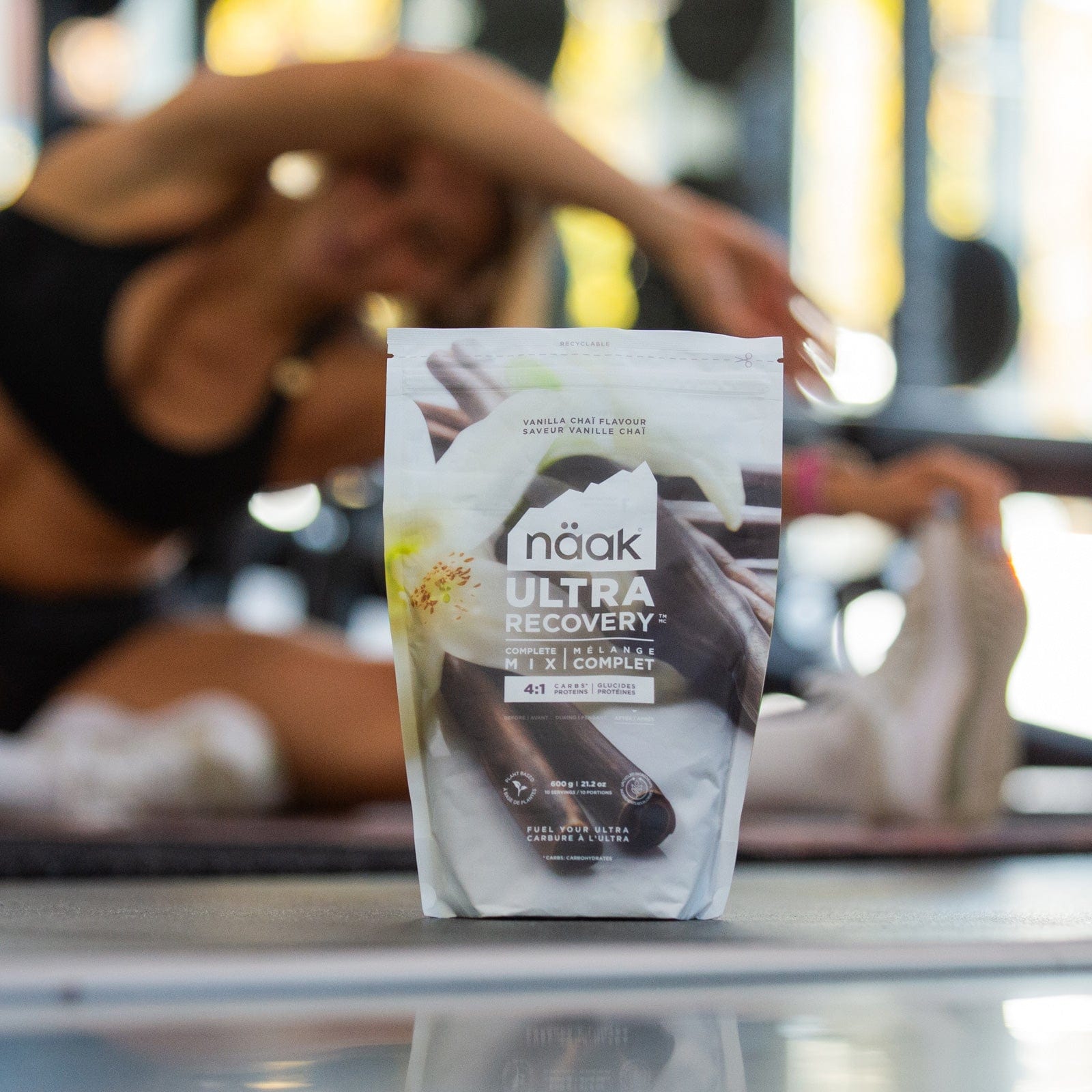
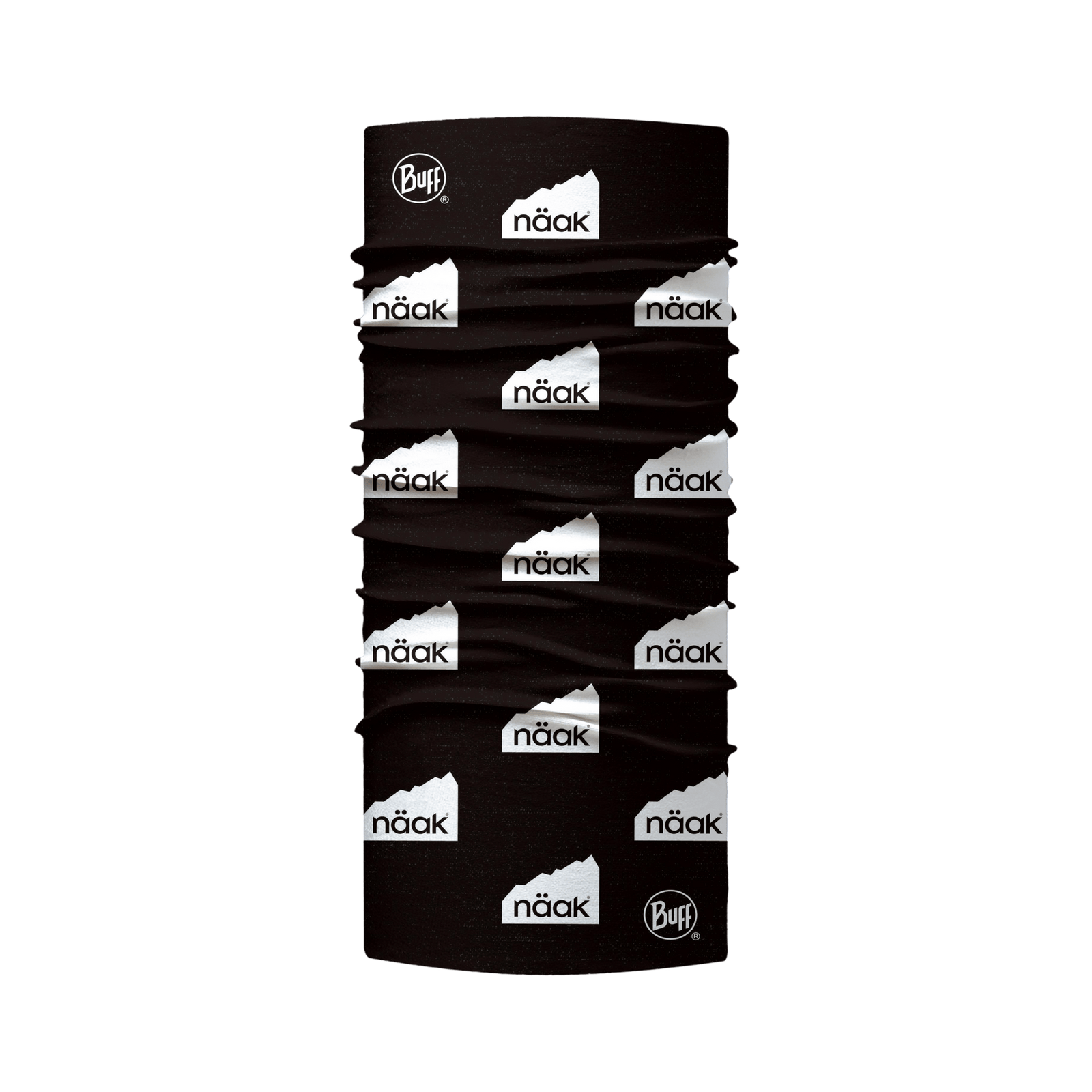

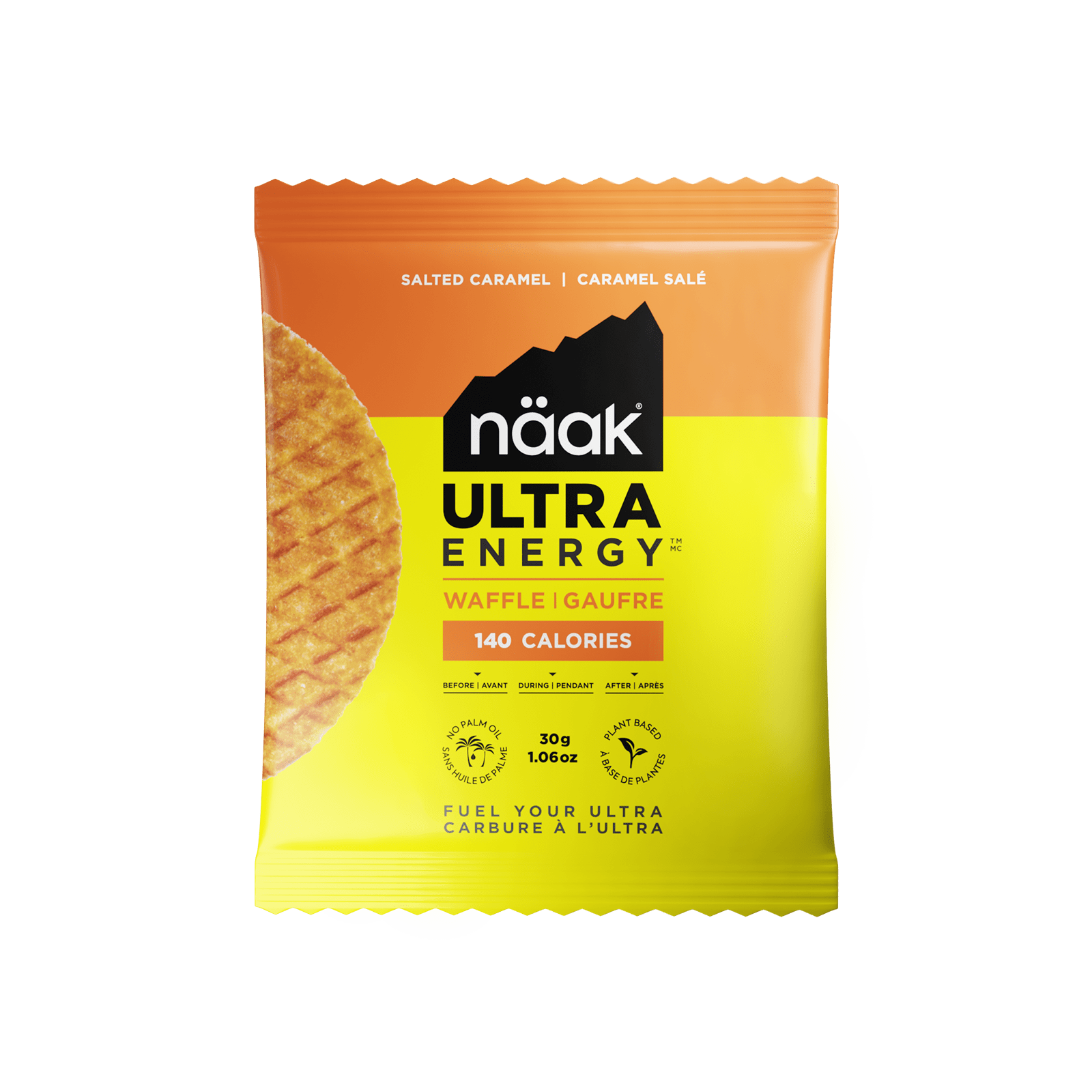
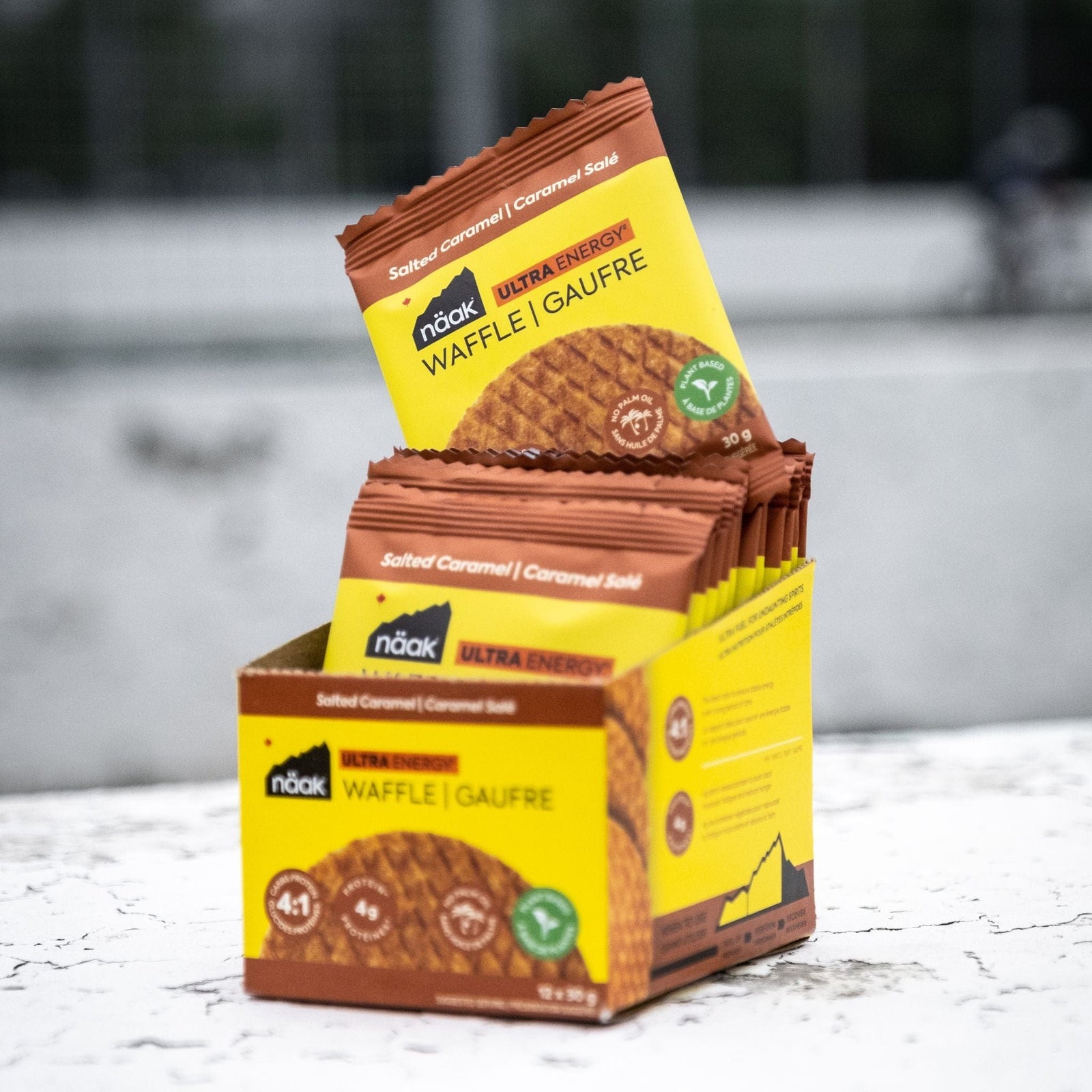


Laisser un commentaire